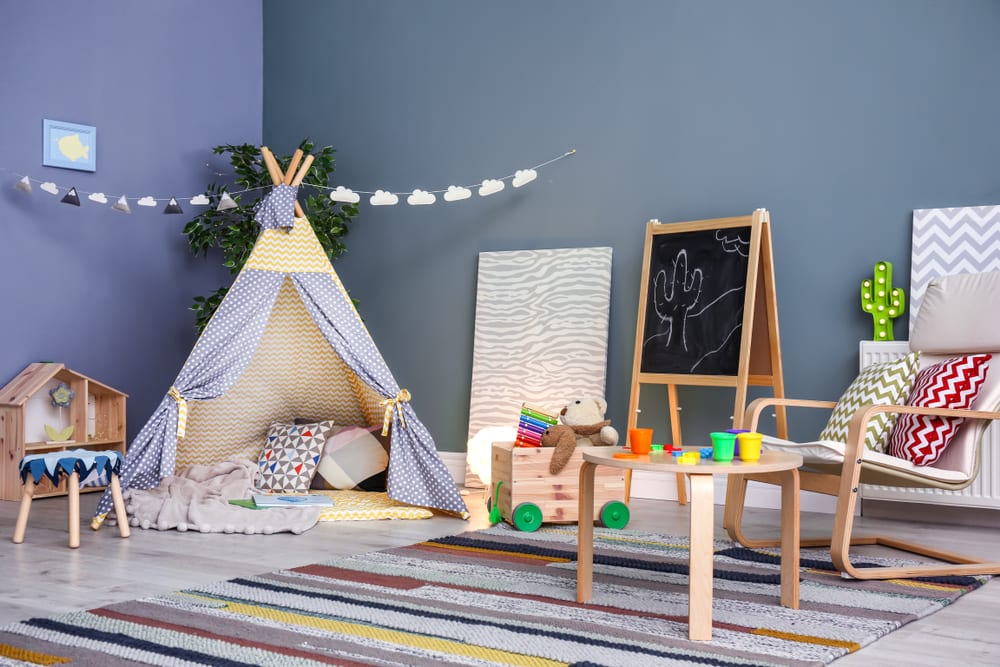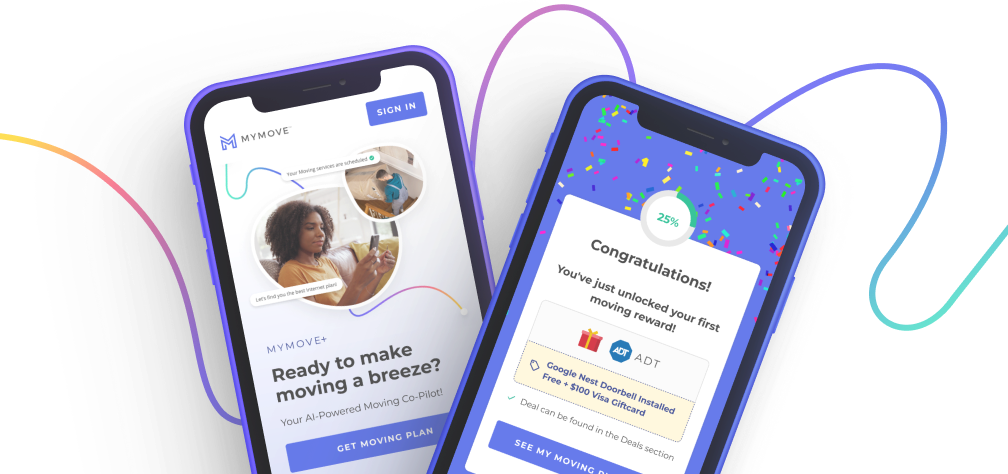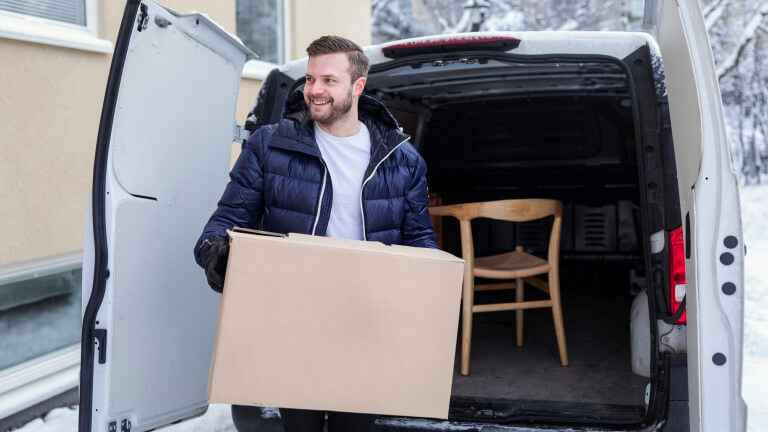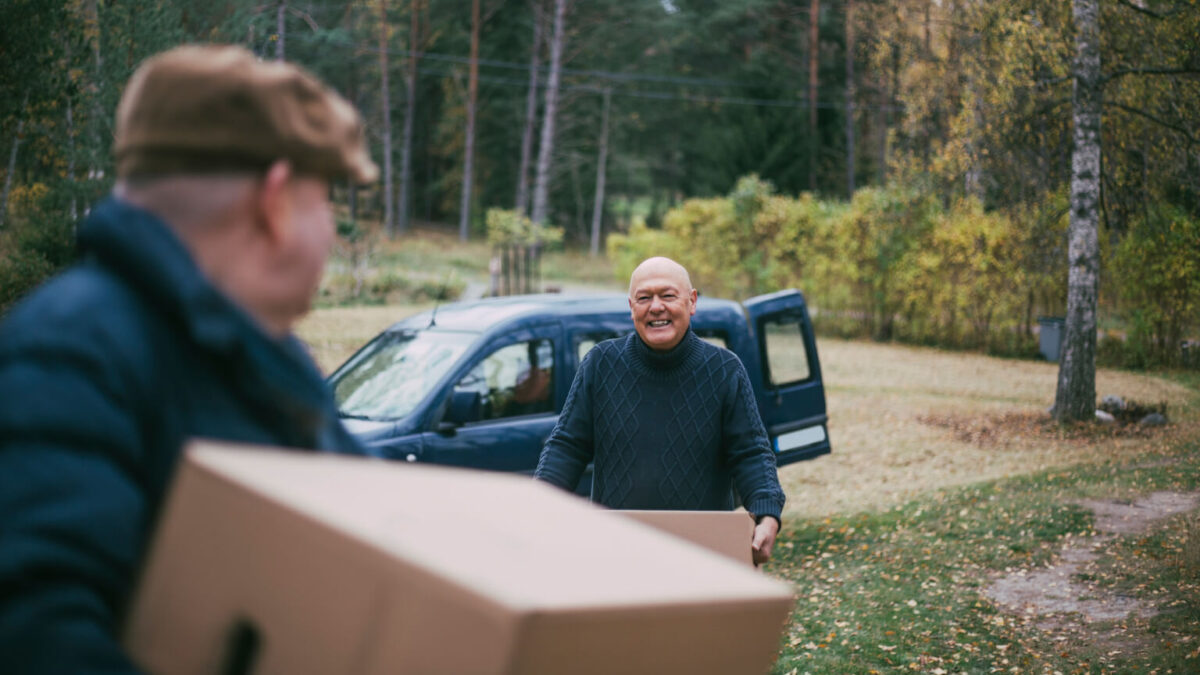How to Pack a Playroom

Where there are children, there are toys. Lots of toys. Packing up a playroom and moving toys is similar to completing a puzzle. With a bit of planning, you will be able to pack away all of the (toy) pieces safely and securely. Here’s how to pack toys for moving with ease.
How to pack toys for moving in 5 simple steps
- Gather the right packing materials for successfully moving toys
- Take time to sort out toys to donate or discard
- Pack toys by type, size, and fragility
- Set aside a “toy care package” of must-have items
- Label all boxes, bins, and bags clearly
Step 1: Gather the right packing materials for successfully moving toys
The first step in successfully moving toys is having the right materials. Take the time to prepare and purchase all necessities for a painless packing process. The types of toys you have in your home probably varies greatly by the age, hobbies, and interests of your children. Assess the overall quantity of toys along with their sizes, shapes, and how they are constructed. This will guide you in choosing the essential packing materials for your upcoming move.
What you’ll need for this step:
- Small, medium, and large boxes
- Packing tape for securing boxes
- Heavy newsprint paper for wrapping items and adding padding to boxes
- Bubble or foam wrap for breakables
- Permanent markers and labels
Step 2: Take time to sort out toys to donate or discard
It’s amazing how many toys can accumulate over the years. Avoid unnecessarily moving toys by donating gently used items your children have outgrown. During sorting, you’ll surely find broken toys and toys with missing parts among the playthings, so have a trash bag ready for broken toy disposal. Including your children in this process truly depends on each individual child. While some children will feel empowered by helping, others may feel emotionally overwhelmed, so use your judgment on what will work best for you and your family.
What you’ll need for this step:
- Large box or bin to place sorted items ready for donation
- Sturdy trash bags for broken toys to be disposed
- Donation stickers for labeling boxes or bins to ensure items don’t move with you
Step 3: Pack toys by type, size, and fragility
Now that all toys have been sorted and the hard decisions have been made on what to keep, donate, or discard, it’s time to focus on moving toys efficiently. Many toys are shaped and sized oddly, so preparing an action plan on how to pack toys for moving is key. Keep like toys grouped together such as board games, arts & crafts, building blocks, toy trucks and cars, and dress-up clothes. Avoid taking up unnecessary box space by storing stuffed animals in clear bags. Store toys with small parts in Ziploc bags to avoid pieces being lost during the move. Remember that moving boxes can be jostled and, unfortunately, sometimes dropped, so don’t skimp when wrapping up fragile items.
What you’ll need for this step:
- Size-specific moving boxes including medium-sized moving boxes for stackable games and books
- Large-sized moving boxes for outdoor toys and oversized items
- Small-sized moving boxes for dollhouse furniture and miniature action figures
- Clear, zippered storage bags for soft items such as stuffed animals
- Bubble wrap or foam wrap for delicate breakables
- Ziploc bags for keeping track of small parts
Step 4: Set aside a “toy care package” of must-have items.
This is a step that kids can enjoy. While most toys will be packed up and loaded onto the moving truck, certain toys should definitely stay out of the box. Depending on your child’s age, have them pick a few must-have toys (or select them yourself). Create a toy care package using a backpack or small child-size suitcase. For example, add the favorite stuffed animal that your little one goes to bed with each night into their special toy carrier. Think about the toys that cannot be replaced and, if possible, keep them with you during the move.
What you’ll need for this step:
- Designated backpack for each child to store their special toys
- An age-appropriate children’s book about moving day and saying goodbye to friends
- A notebook that includes a list of what toys have been packed and which select toys the kids bring with them
Step 5: Label all boxes, bins, and bags clearly
Once all toys have been secured in their boxes, bins, and bags, apply specific labeling to make the unpacking process easy. Avoid the pitfalls of packed toys ending up in the kitchen or bedroom by clearly marking the packages with a “Toy” label. Take it to the next level by writing out the contents as well. This way you’re not guessing which toy box contains the board games and which is holding the art supplies. While moving toys using labels does take some time in the initial packing phase, it will ultimately save you the headache of digging through boxes at your new destination.
What you’ll need for this step:
- Multiple Sharpie permanent/water-resistant ink pens
- Room-specific color-coded pre-printed moving box labels
- Rolls of “Fragile – Handle with Care” moving tape
- Rolls of “This Side Up” moving stickers
Packing pro tips:
- Pro tip #1: Leave the toy packing until as close to the end as possible. This will keep the kids happy and occupied as you are packing the rest of your home.
- Pro tip #2: Double-check that all toys have been drained of water including tub toys, water guns, and sprinklers.
- Pro tip #3: Remove batteries from toys to avoid battery drainage or damage.
- Pro tip #4: Make packing fun. If your kids are part of the packing process, put on their favorite music, or make a game out of selecting and moving toys.
The bottom line
Deciding how to pack toys for moving can be overwhelming. Setting time aside to map out a toy moving plan can help avoid unnecessary stress. With a step by step list, the right moving supplies, and a positive outlook, you will be able to tackle the toy pile with ease.
Frequently asked questions
Where’s the best place to donate toys when moving?
There are several organizations where you can donate gently used toys including Goodwill, Purple Heart, and the Salvation Army. Some hospitals, daycares, and shelters may accept toys but be sure to inquire before dropping them off.
How do you clean toys for a move?
When possible, use warm or hot water and a microfiber cloth to naturally clean toys. If you must purchase a product to clean and sanitize toys before moving, the United States Environmental Protection Agency recommends using cleaning items certified by Green Seal, EcoLogo, or Design for the Environment agencies.
How do you pack toys for shipping?
Pack toys by category, weight, size, and shape. Stack heavier toys in the bottom of the moving box and layer lighter toys on top. Always stuff empty spaces with packing paper and/or bubble wrap. Be sure to label all boxes as “Toys” along with the specific contents.



